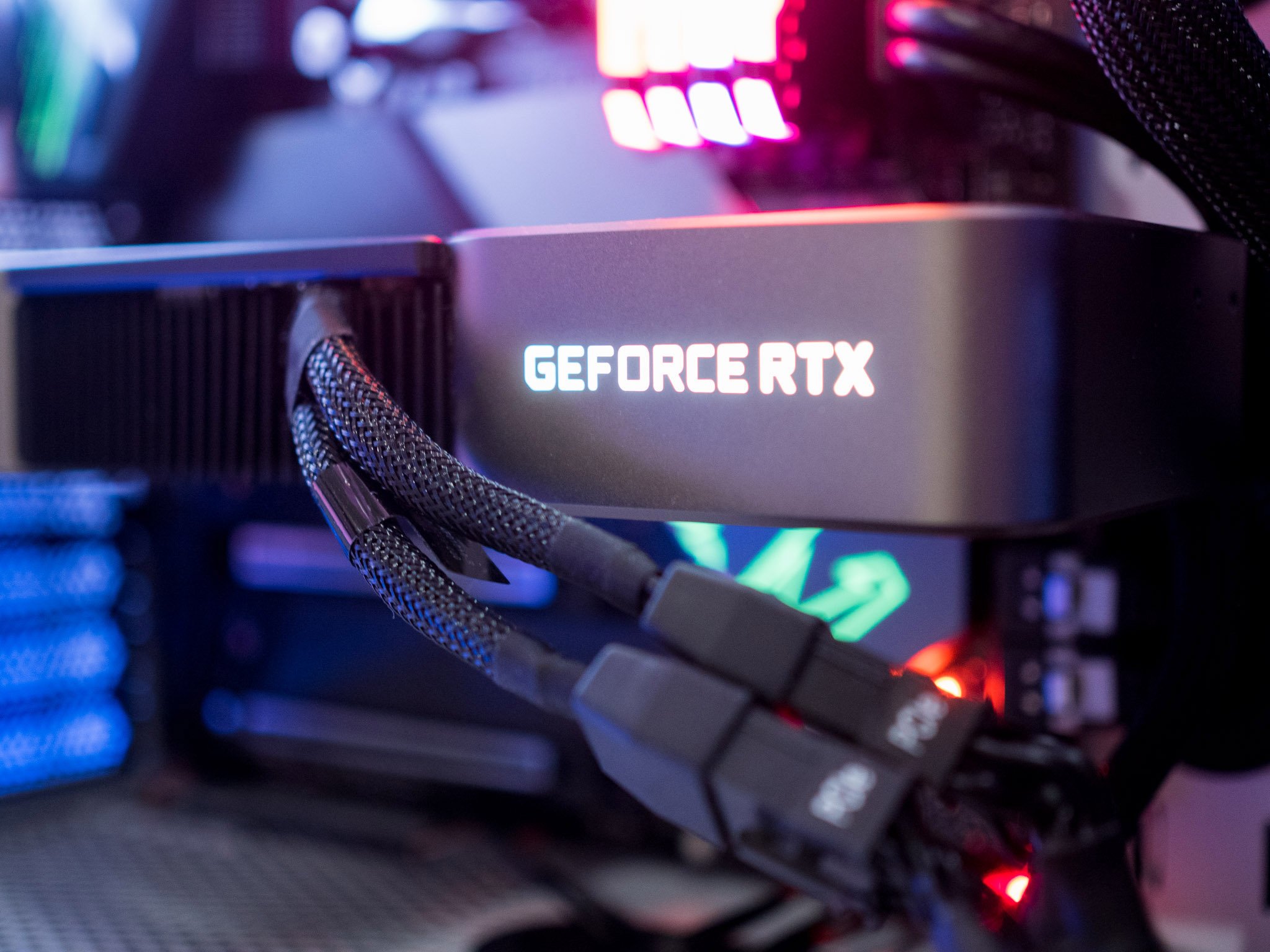 Source: Harish Jonnalagadda / Windows Central
Source: Harish Jonnalagadda / Windows Central
NVIDIA was the victim of a cyberattack over the weekend, according to recent reports. It appears that the attack was at least partially motivated by a hacking group trying to force ransom money out of NVIDIA. Ransomware group Lapsus has claimed responsibility for the attack, according to HotHardware. Now, Lapsus has allegedly leaked NVIDIA’s DLSS source code as part of its attack.
Lapsus claims that it had access to NVIDIA’s servers for a week and that it extracted at least 1TB of data (via Tom’s Hardware). The group threatened to release the stolen data unless NVIDIA removes the mining performance limiter on its RTX 30-series graphics cards. It appears that Lapsus has followed up on that threat.
An anonymous person reached out to TechPowerUp with a screenshot of what is allegedly a set of files connected to DLSS 2.2. Assets, C++ files, and a programming guide are among the leak and appear to be genuine.
At this stage, it’s unclear how much of NVIDIA’s proprietary technology is explained in depth within the documents. Potentially, the leak could be used to get DLSS to run on Linux. Even if someone managed to use the source code to get DLSS working on Linux, there could be legal implications for doing so.
NVIDIA said that it was investigating the cyberattack last week. Presumably, the company continues to do so, as source code leaking is not a desirable outcome.
DLSS allows games to run at a high framerate without requiring as much processing power. NVIDIA recently shared a clip on Twitter showing the difference between having DLSS enabled and disabled. Similar clips are often used in announcements for the best graphics cards since an RTX GPU is required to use DLSS.

The Dell XPS 15 is our choice for best 15-inch laptop
For a lot of people, a 15-inch laptop is a perfect size that offers enough screen for multitasking, and in a lot of cases, some extra performance from powerful hardware. We’ve rounded up the best of the best at this size.



